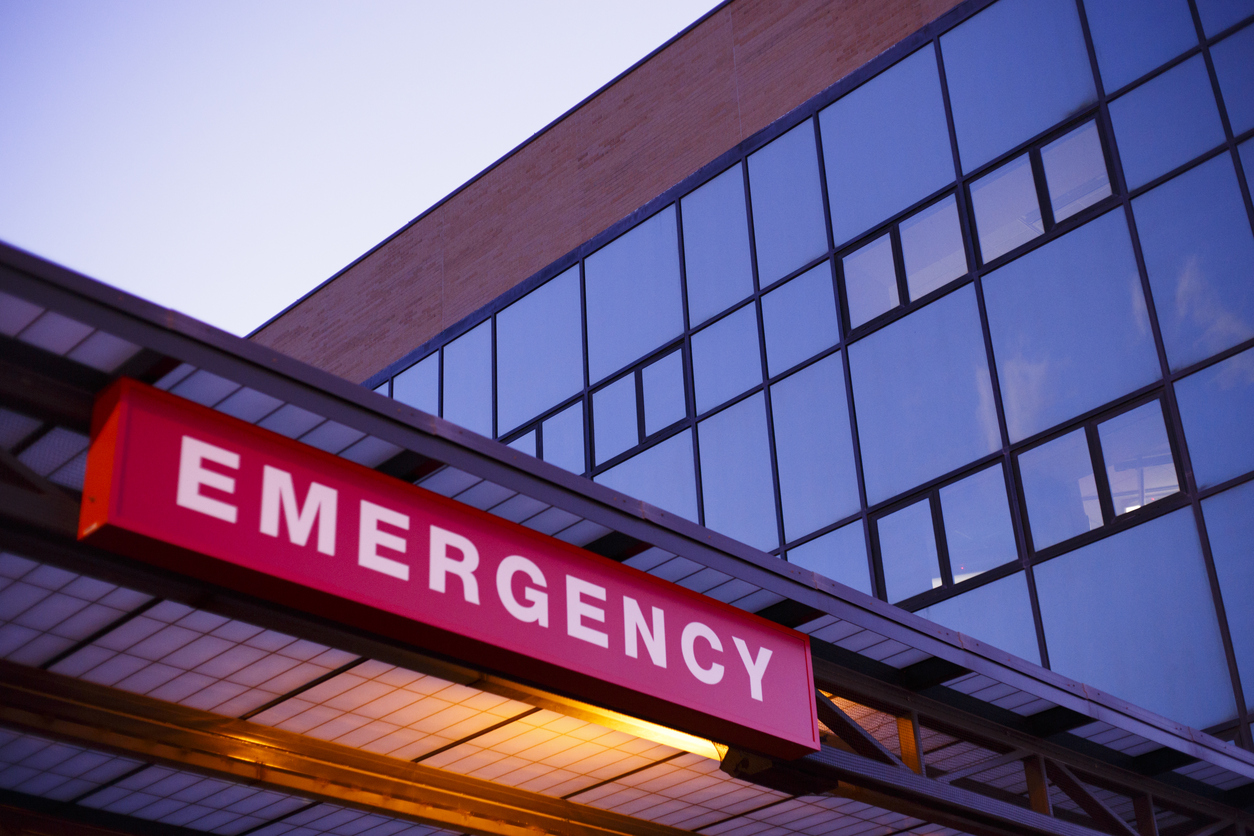News release
From:
A comparison of major trauma admissions to Christchurch Hospital during and after COVID-19 lockdown in New Zealand
Key Points
There was a 42% reduction in the volume of major trauma admissions during lockdown. The most marked reductions were observed in rural areas
Falls were the most common injury during lockdown, and transport-related injuries after lockdown.
Alcohol intoxication was associated with 19% to 33% of all injuries across the study periods. These findings highlight an ongoing issue: that even during a pandemic, one constant for our already overloaded health system is the avoidable burden created by alcohol-related injuries.
After lockdown, major trauma admissions reverted to pre-lockdown patterns.
Injury prevention strategies can reduce avoidable pressures on hospitals at a time of pandemic. In New Zealand, these strategies should focus on reducing alcohol- and transport-related injuries, as well as increasing awareness of avoiding falls in the community. Every effort needs to be made to reduce avoidable stressors on hospitals if we are to achieve the best outcome for the greatest number of patients in the clinically challenging times ahead.
Note: the findings of this study are comparable to those of Christey et al published earlier this year, who examined trauma during COVID-19 alert level restrictions in the Waikato region. Link to paper below: https://www.nzma.org.nz/journal-articles/admission-to-hospital-for-injury-during-covid-19-alert-level-restrictions-open-access
Summary
The study looked at the pattern of major trauma injuries in the Canterbury region during and after COVID-19 lockdown. The purpose of this study was to observe what types of injuries were occurring more frequently during lockdown and immediately after lockdown—both completely new situations for New Zealand (and elsewhere in the world) until last year. This would then hopefully allow us to better prepare ourselves if we were to encounter further waves of the virus, with particular focus on injury prevention strategies to reduce avoidable stressors on precious hospital resources.



 New Zealand
New Zealand


